Now I know that my mum said ‘Never take food from strangers’ and all but when Nike offers you lunch, you sit down and eat. Don’t you? You don’t disobey your mother but you thank her silently for raising you well. For giving you the ability to make wise judgments – teaching you to know what to do and when.
And so you sit down and remember what you know about this woman, who stood for a few minutes before you, crown on head and blue boubou. You remember your days in Ife, a few kilometres shy of fifty from Osogbo were the Nike Centre for Arts and Culture makes it home. You remember the love you had for the beautiful pieces that often made their way to the campus, from there – on fabric, paper. Of the love you had from ’94 for Tie & dye, Batik and fabric in general. Because of this one woman.
You think back to 2001 in Warri when you learnt to make Adire Oniko and Eleko by Nike. Well, of her, through her. Her staff from her centre in Osogbo hosted a workshop for interested people at an Activity centre where I saw wax and starchy paste act as resists in deep indigo baths. I got myself a few prized balls of indigo and decorated swatches of cloth which I incorporated into cards. I used to make handmade cards. I made them because I couldn’t find cards I loved off the shelves. And so I made mine.
Adire oniko is tied or wrapped with raffia to resist the dye. Adire eleko has starchy maize or cassava paste hand-painted onto the surface of the cloth as a resist agent; fashion-history.lovetoknow.com.
It is 2014, and you’re a grown woman. Woman enough to learn from mother and make your own decisions too…And on all these memories, you ferry yourself to a stool, surrounded by enamel basins full of food – Amala, Ewedu, a watery Yoruba stew of chilies and choc full of meat.
Thick chunks of beef and pork and more. There’s rice I think, and beans and the most deliciously fried sweet potatoes, a deep kind of orange, testament to palm oil.
You see Nike when you arrive, heading out. She’s there long enough to receive and exchange hugs and to sit and eat. Not long enough for a photo but enough for you to convince yourself this is where you should be, lunching with Asake, a Scandinavian – I forget if Norway or Sweden now. I apologise too. She tells you all about her names, what her real Scandinavian one is – Mini, and her gift of a Yoruba one. She is one of Nike’s many ‘children’. Like I, yes, I. Argue in your kitchen if you like.
Asake – one who is selected for pampering; Mamalette
[youtube https://www.youtube.com/watch?v=egr5XDQfnCw]
You sit and eat, and talk and laugh, surrounded by so much beauty and colour. You laugh with Asake as you feast on Amala.
You think about your mother, and you know that as well as you know your name, she would be proud of you, of your decision to sit and eat. You just know it. You may not look very sophisticated eating but you are well fed, savouring every mouthful of cooked plantain flour, fingers sticky with the brown paste that many a mother has difficulty convincing her children of its deliciousness because of its colour.
And so you leave happy. Fulfilled. Elated. Well-fed.
Thank you, Nike.
Contact
Nike Art Gallery
No. 2, Elegushi Road, 3rd Roundabout
Epe Expressway – Ikate Cross Road Lekki Phase 1 Peninsula
Lekki – Lagos, Nigeria
Website: Nike Centre for Art And Culture
Telephones: +234 80 340 96656, +234 80 330 36969, +234 1 270 5964, +234 1 270 5965
[wpurp-searchable-recipe]Amala & Ewedu at Nike Art Gallery – – – [/wpurp-searchable-recipe]

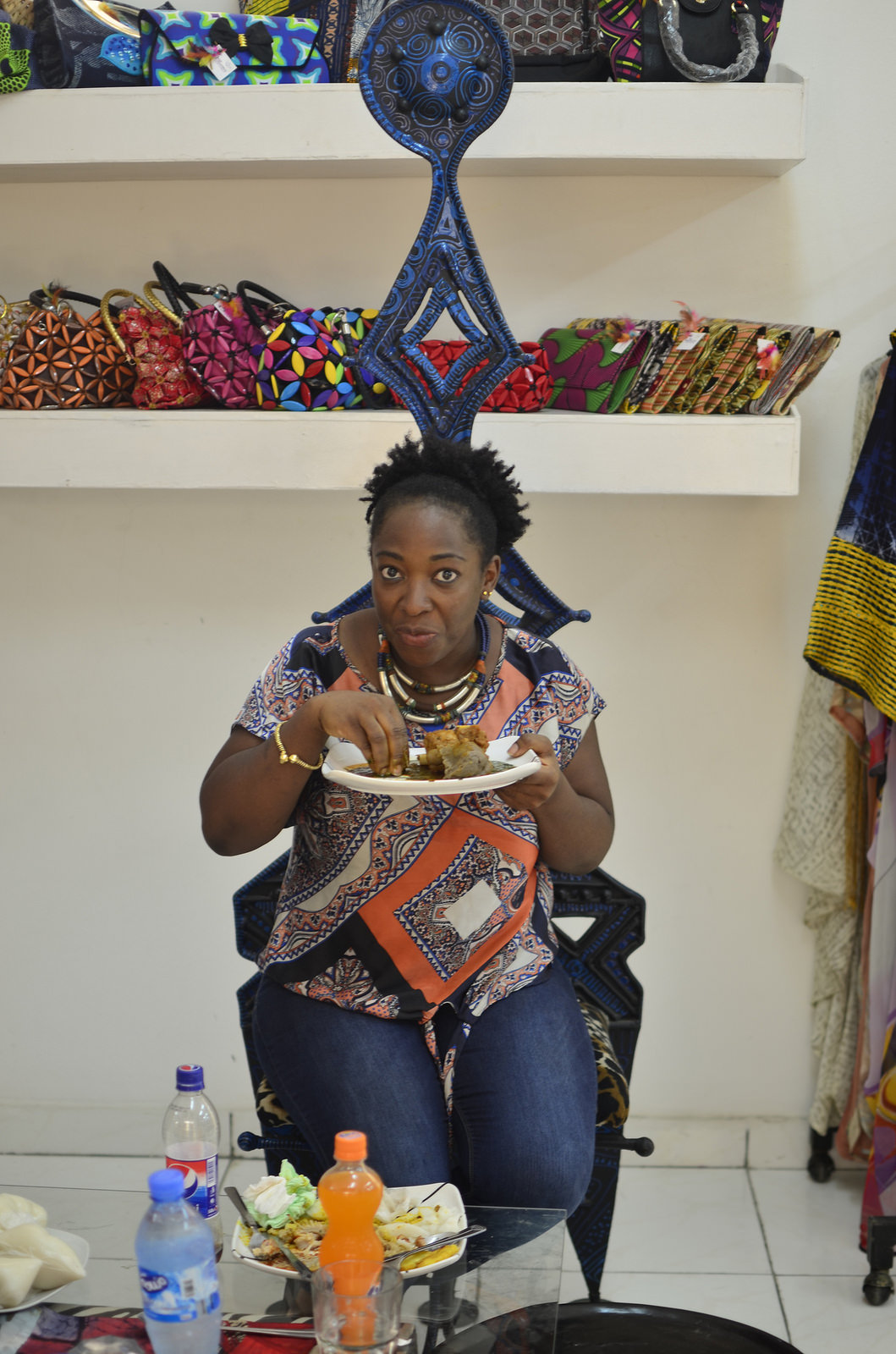
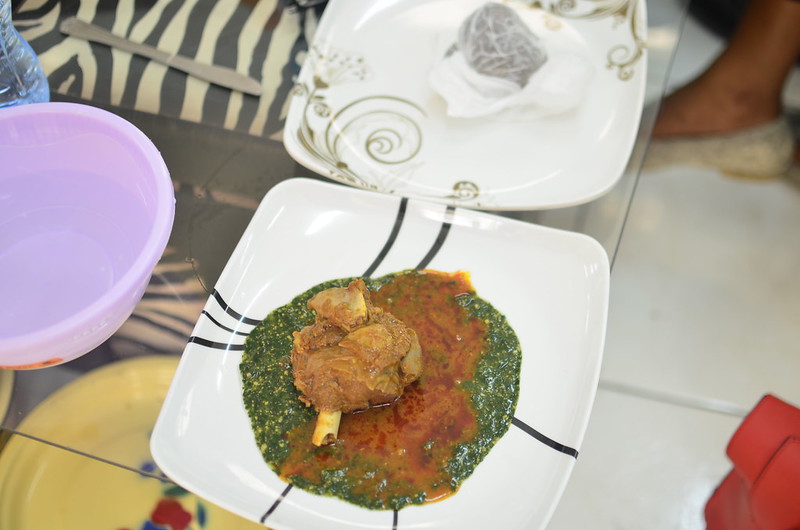
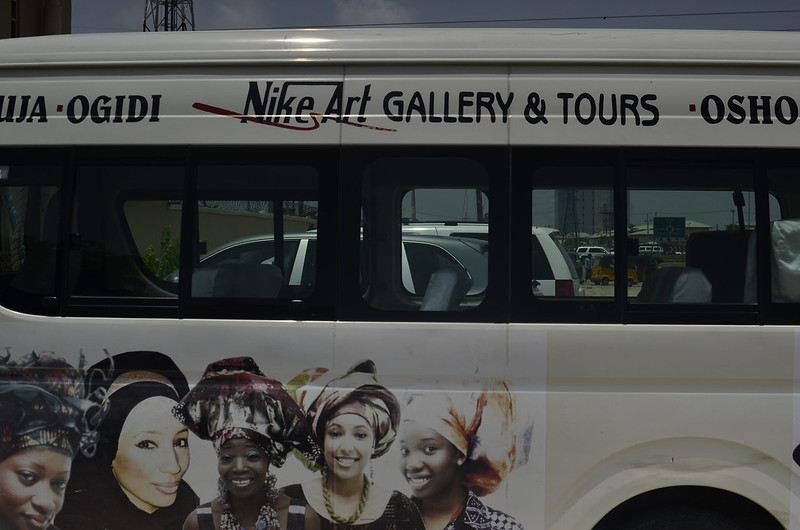
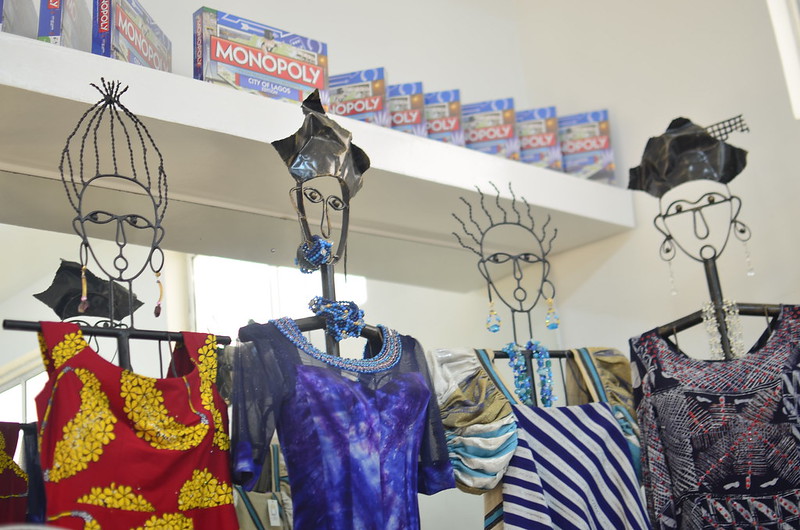
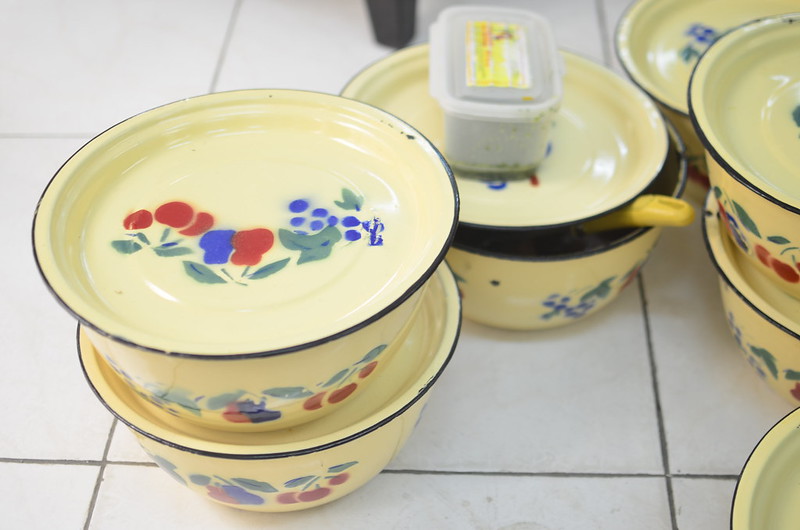
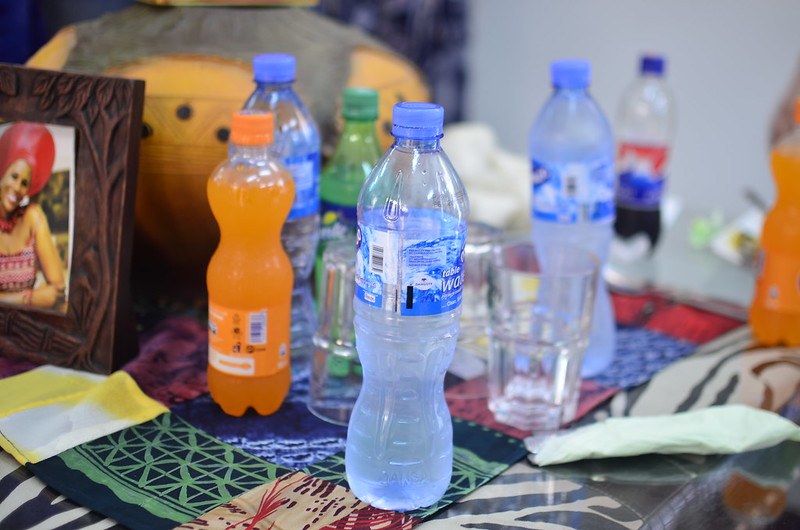
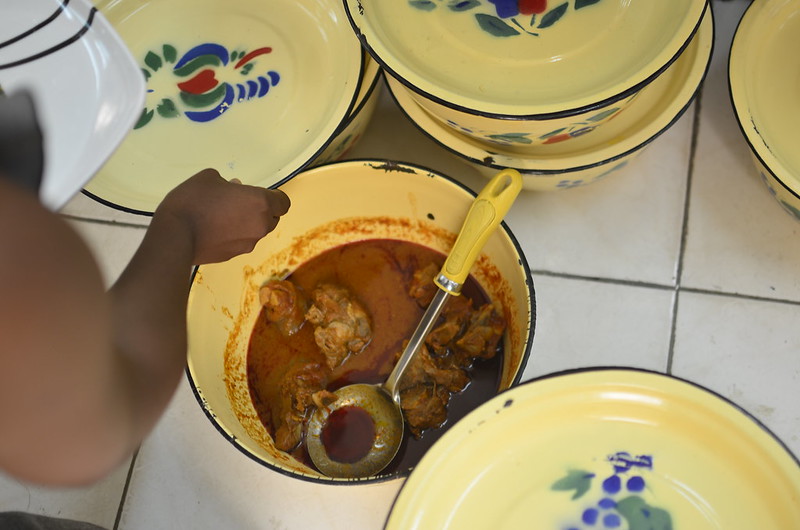
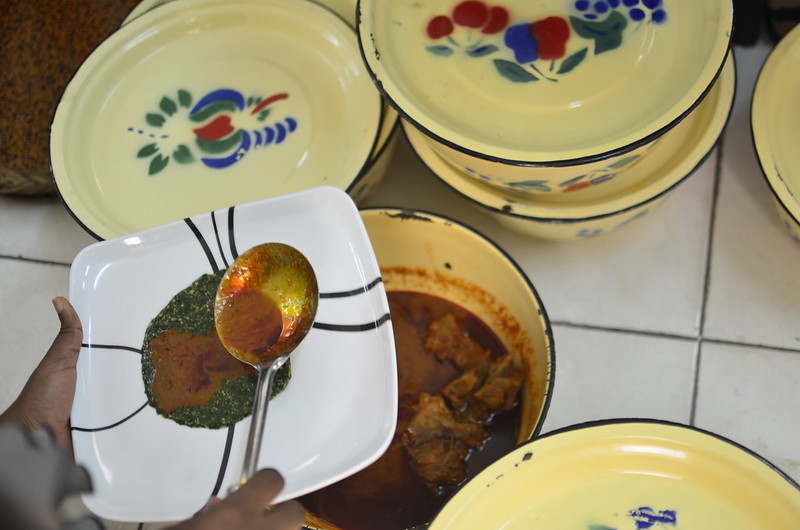

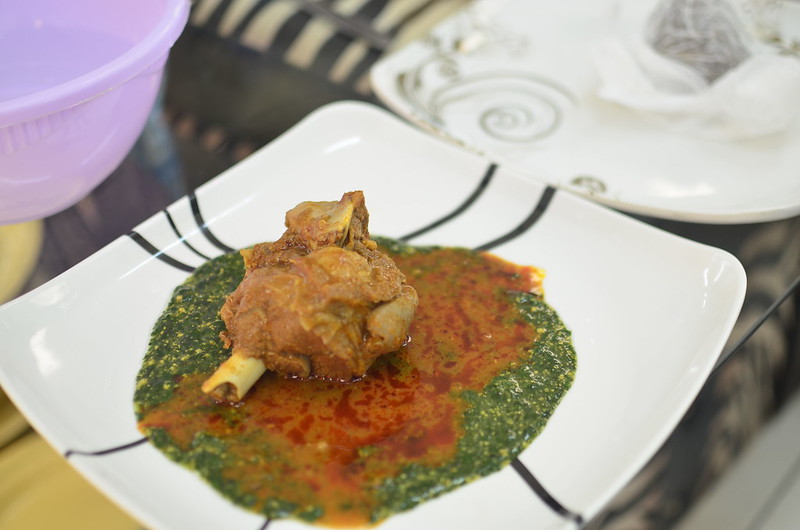
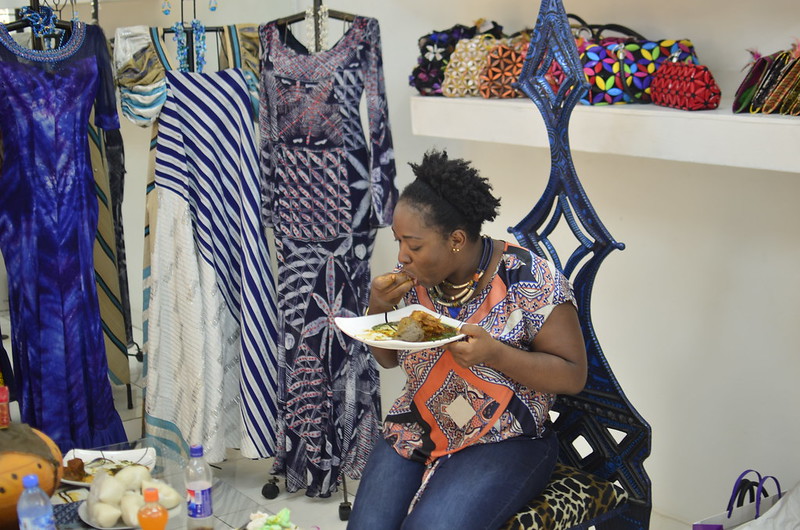
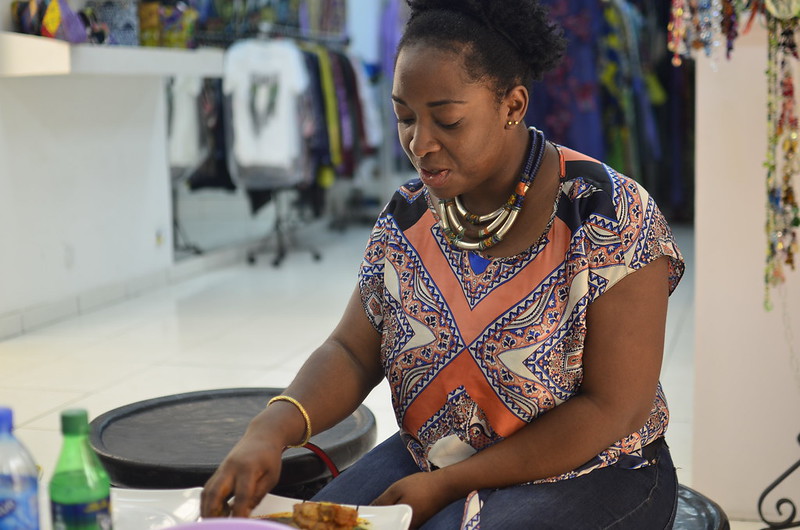
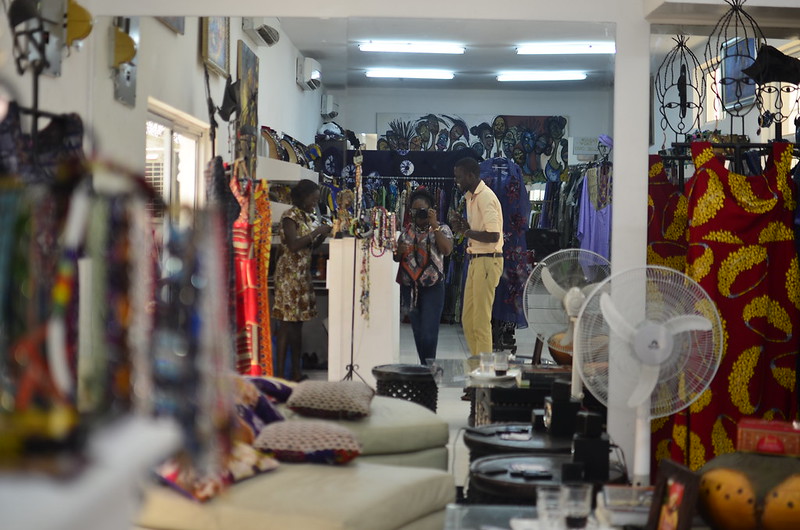
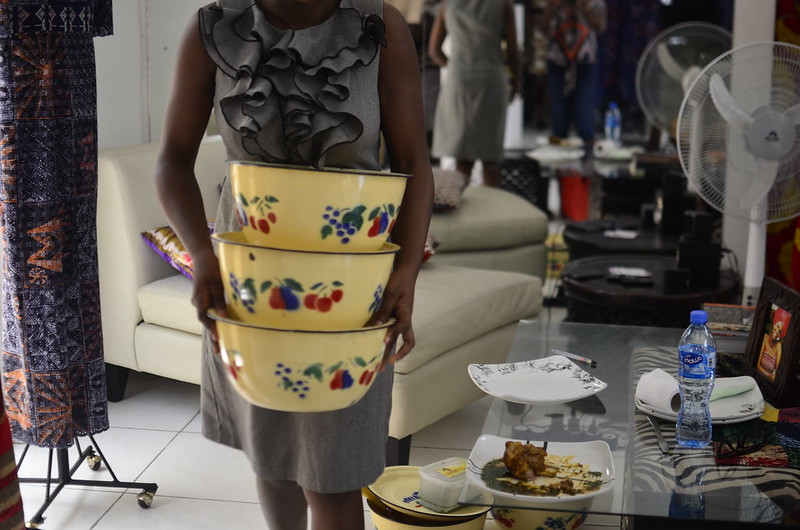
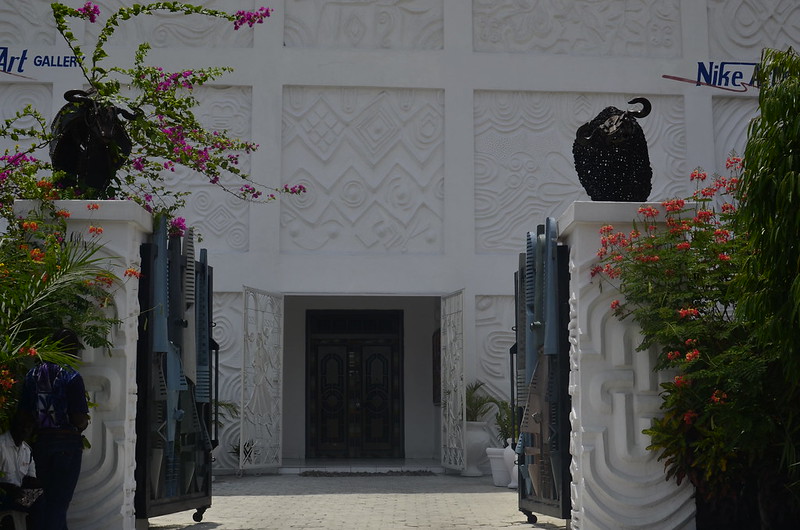
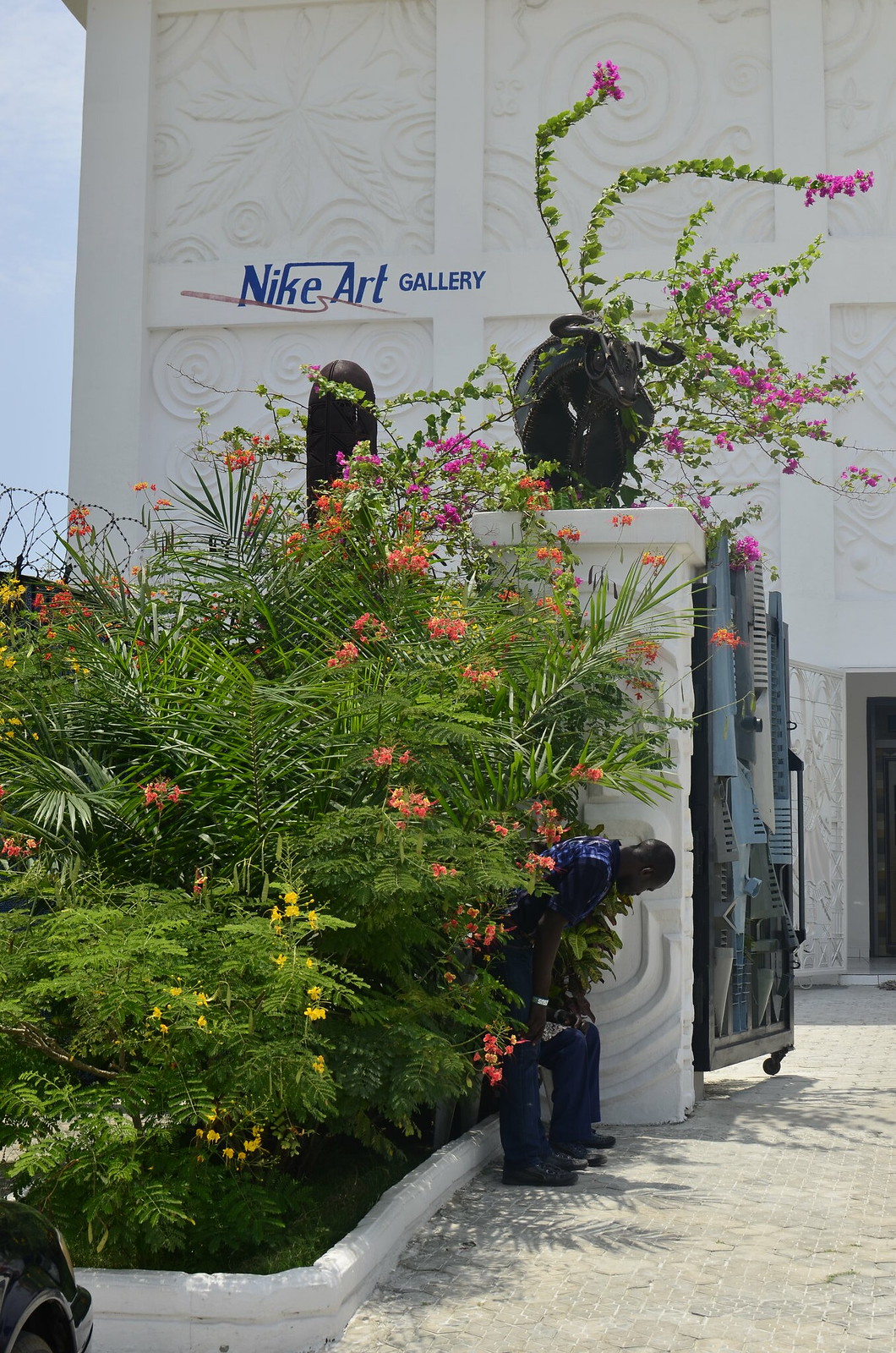
Leave a Reply